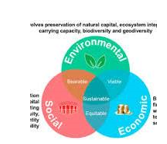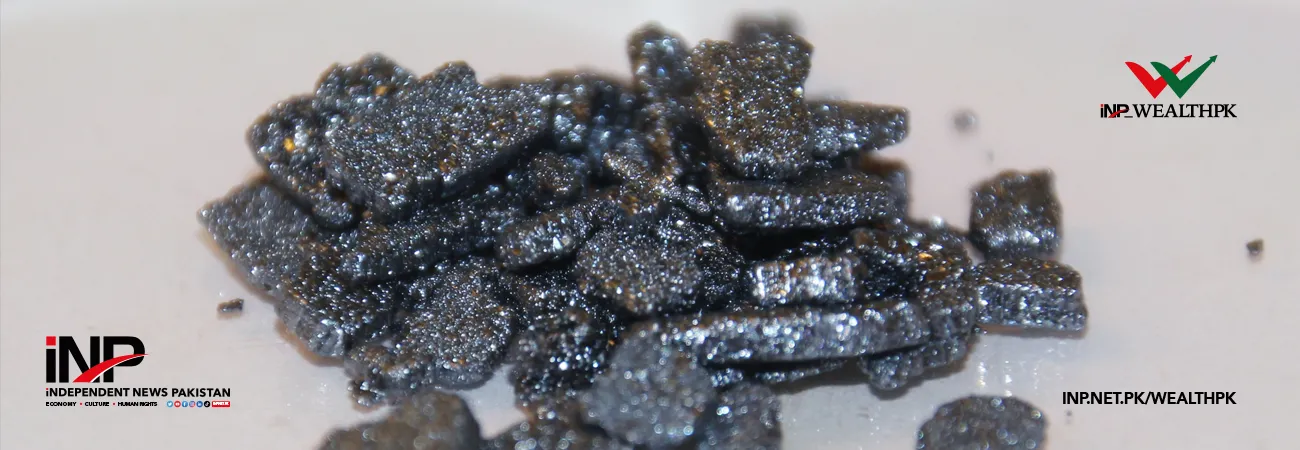INP-WealthPk
Faiza Tehseen
Iodine, which is considered as one of the costliest industrial ingredients due to its high demand and low supply, can be extracted in large quantities in Pakistan for both meeting the local demand and exporting the excess quantity, said Abdul Bashir, chief geologist with a Balochistan-based exploration firm -- Koh-e-Daleel Minerals Private Limited.

alking to WealthPK, he said the main concentration of iodine, an ultra-trace element in the earth’s crust, is estimated between 0.25 milligram (mg) to to 0.3mg per kilogramme. “In varying amounts, soil, seawater, brines and a few minerals are the natural sources to obtain iodine from. Seawater is the principal source to extract iodine. But, in the seawater iodine mostly occurs as 0.05 parts per million (ppm) in trace amounts. Seaweeds are also considered a source for iodine extraction.” Bashir maintained that abundantly occurring sedimentary rocks tend to have the higher concentrations with an average iodine content of recent sediments 5-200mg/kg, shales 2.3mg/kg, sandstones 0.8mg/kg, and carbonates 2.7mg/kg. “Sediments, rich in organic components are particularly rich in iodine. Igneous rocks contain less iodine content (0.2mg/kg) than the sedimentary rocks. Environmentally, iodine is considered as an important element.”
Sharing the industrial uses of iodine, Bashir said: “It is used in manufacturing a variety of products, including dyes, printing inks, photographic chemicals, catalysts, animal feed supplements, polarising filters for liquid crystal display panels, stabilisers and disinfectants. Iodine is also used in many pharmaceutical products and surgical purposes. Due to their high reactivity, iodine compounds are widely used as reactive intermediates.” The geologist said that due to its high atomic number, iodine is considered a non-toxic radiocontrast material. “As human body cannot produce iodine, so it is added to some foods, mostly salt, to meet the deficiency. It helps in curing the thyroid hormone. Iodine is ideal for killing fungus, bacteria, amoebas, and other microorganisms.
In a high state of purity, iodine is used to process certain transition metals – thorium, chromium, zirconium, titanium, and cobalt.” Bashir said: “Iodine is widely used in ultrasound, X-Ray and nuclear imaging scans, including computerised axial tomography scans.” He said focus should be shifted on indigenous production of iodine to cut its import bill, export the excess quantity for revenue generation, and establish new value chains.” Meanwhile, Imran Babar, a geologist and miner, told WealthPK that iodine is high in demand in both local and international markets. He called for indigenous extraction of iodine by strengthening the mining industry. The global market size of iodine is projected to grow at a compound annual growth rate of 4.4% from 2024 to 2030.
Credit: INP-WealthPk













